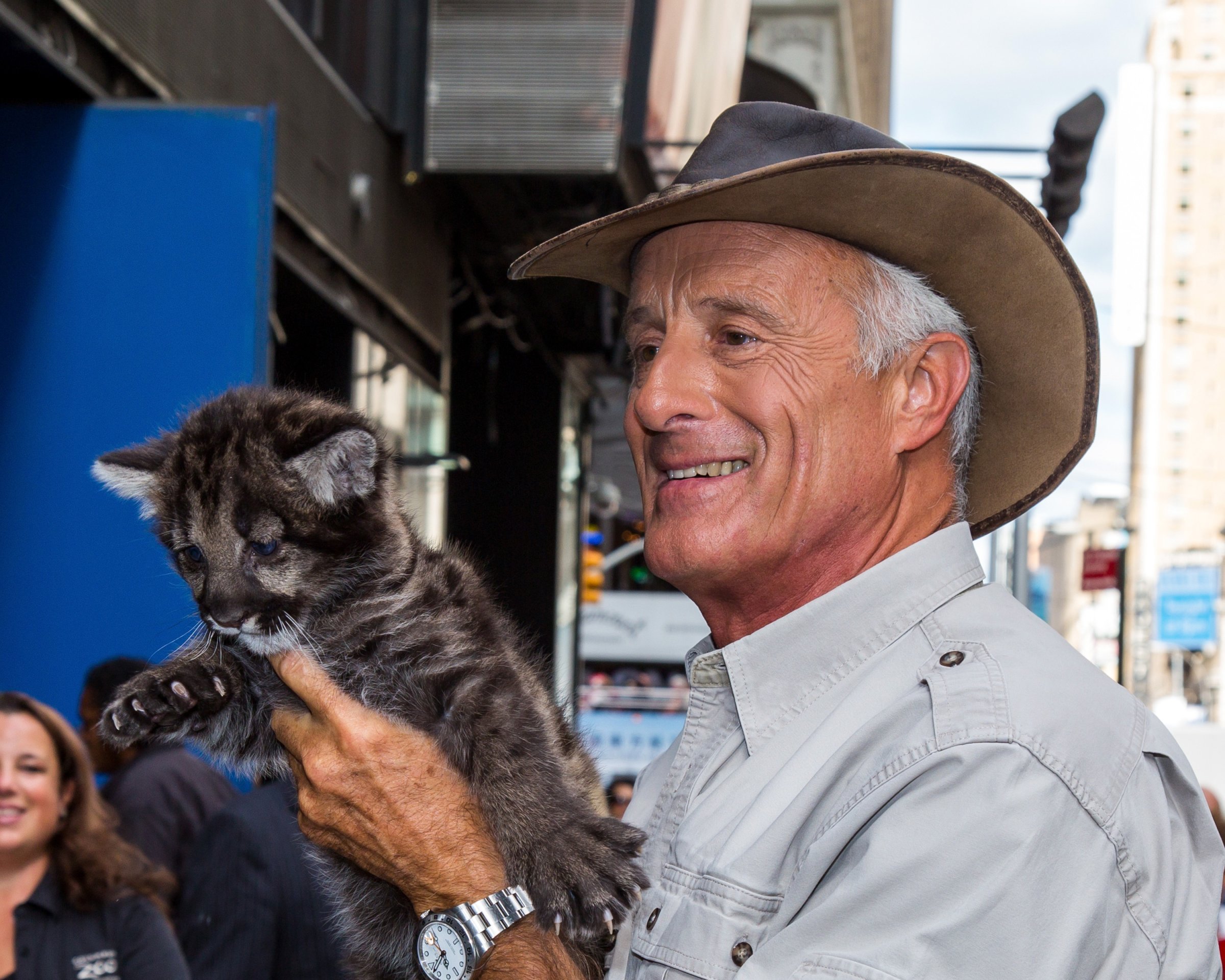
Dr. Jane Goodall recently made two statements critical of zoos and aquariums. She said two elephants in a zoo in Seattle should be released to a sanctuary and that SeaWorld should be shut down. After the Woodland Park Zoo in Seattle invited her to learn more about the zoo’s decisions regarding elephants, she took them up on their invitation. I admire Dr. Goodall for her willingness to learn more and re-evaluate her initial comments. I hope Dr. Goodall will also engage in a conversation with SeaWorld about her concerns.
I encourage other zoo critics to do the same thing—engage in a meaningful dialogue so that together we can do the best thing for animals. I’m growing weary of the us-versus-them mentality. Although zoo critics and zoo champions have some differing philosophies, we all have the same priorities—animal welfare, conservation, and education. I am confident we can co-exist and be more productive if we work side-by-side.
Visiting zoos and aquariums is the largest recreational activity in the United States. More than 175 million people visit zoos and aquariums accredited by the Association of Zoos and Aquariums (AZA) each year. Zoos and aquariums play a critical role in the survival of endangered species and allow people from all walks of life to experience and learn about the animal world. Animals in zoos are ambassadors to their cousins in the wild—they educate people about the importance of wildlife. After a visit to the zoo—listening, seeing, smelling—people often leave with a newfound understanding and compassion for wildlife.
AZA accreditation requires excellence in animal care and welfare, conservation, education and scientific studies. There are more than 200 accredited institutions, and in 2013, they donated nearly $160 million to support about 2,450 conservation projects in more than 120 countries. Species such as the black-footed ferret, California condor, Mexican wolf, scimitar-horned oryx, and Przewalski’s horses have overcome near-extinction in part because of zoos’ commitment to conservation.
Critics say the only place animals belong is in the wild, but those boundaries are shrinking each day. Having traveled the world, the only places I consider truly “wild” are Antarctica, parts of the Amazon and some places in Africa. Even in Africa, the “wild” places tend to be national parks with guarded boundaries. Animals face many challenges, including habitat loss, poaching, severe weather, and war. The “wild” is not necessarily the idyllic place people imagine. Poaching has decimated the northern white rhino population—the last known male has his own personal 24-hour security to ensure he isn’t poached for his horn.
I’ve loved animals since I was a young boy and have dedicated my life to improving zoos and educating people about wildlife. In my more-than 40-year career, I’ve taken an active role in modernizing zoological parks to provide top-notch habitats, veterinary care, and enrichment, and meaningful educational opportunities for guests. During my tenure at the Columbus Zoo and Aquarium and the Wilds, I’ve had the pleasure of working with dozens of zoos, including SeaWorld Parks and Entertainment.
I can tell you firsthand that the animals in SeaWorld’s parks receive world-class care. Their zoological team shares my commitment to protecting and preserving species; educating young people about the risks that animals face in the natural world; and inspiring the next generation of conservationists, marine biologists, scientists, and animal enthusiasts. The animal care teams at SeaWorld understand the value of studying animals in zoological settings in order to save future generations.
Furthermore, this spring I witnessed SeaWorld’s rescue teams in full swing. More than 25,000 animals owe their lives to SeaWorld animal rescue teams. Just this year, they have saved more than 500 sea lions on the West Coast. The SeaWorld team has worked around the clock to rehabilitate these animals, all with the goal of returning them to the wild. The team at SeaWorld San Diego even built two new pools to accommodate them, and closed its Sea Lion and Otter Show so that its staff could dedicate more time to nursing the pups back to health.
Every aquarium and zoo I work with believes its mission includes raising awareness about the challenges faced by animals around the world. We know animals have the power to touch our hearts, and when this happens, it opens the door to education that can inspire people to participate in protecting animals and conserving their environments. As worldwide animal populations continue to decline and children have less face-to-face experiences with animals, it’s my hope that all animal advocates—zoos, researchers, scientists, activists, philanthropists, the media, and animal lovers everywhere—will join forces to make a difference.
More Must-Reads from TIME
- Cybersecurity Experts Are Sounding the Alarm on DOGE
- Meet the 2025 Women of the Year
- The Harsh Truth About Disability Inclusion
- Why Do More Young Adults Have Cancer?
- Colman Domingo Leads With Radical Love
- How to Get Better at Doing Things Alone
- Michelle Zauner Stares Down the Darkness
Contact us at letters@time.com